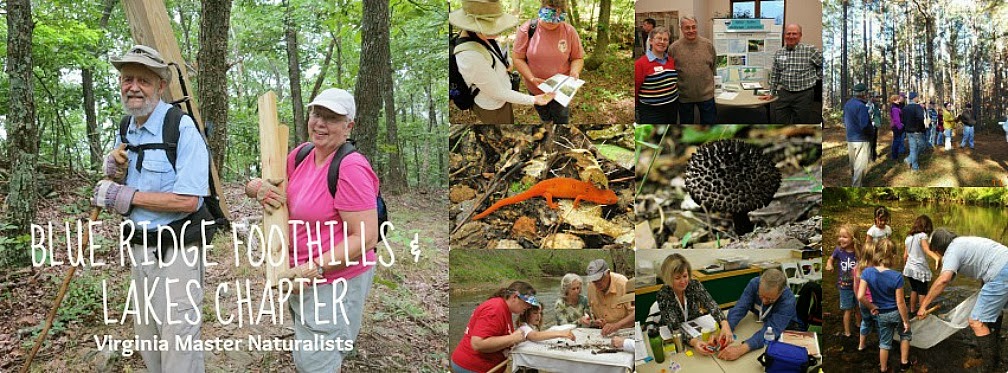Calling all Amateur Entomologists and those science nerds...
You are invited for the Virginia Museum of Natural History's 2nd Thursday Science Talk. For the upcoming January talk, the guest speaker is Dr. Paul Marek of Virginia Tech. The program is from 6PM-7PM. Learn more by clicking here.
Visit Martinsville shared: Just found out the topic of the talk will be: “Glow-in-the-Dark Millipedes: Appalachian mimicry rings and the 750-legged beast."Virginia Museum of Natural History
21 Starling Avenue
Martinsville, VA 24112
Telephone:
(276) 634-4141
(276) 634-4141
Website:
www.vmnh.net
www.vmnh.net
Come out early and spend the day at the Museum. I recommend FENDERZ drive- in for homemade burgers and shakes (50's style) let's support our local businesses while we're at it. The weather forecast is 44 degree F on Thursday! If you are interested in Fenderz, please meet there at 5PM. There is not a big table there for a group, but we can laugh and have fun just the same (And the burgers are ground fresh EVERY MORNING from locally grown beef, just an FYI, they are awesome!)
Join Dr. Paul Marek’s laboratory in the Department of Entomology at Virginia Tech studying bioluminescence, mimicry, and the discovery & description of planetary biodiversity.
Background - In the Sierra Nevada Mountains of California, bioluminescent millipedes scatter upon the forest floor and on a moonless night “resemble a starry sky”. The most remarkable feature of these millipedes is their ability to glow at a wavelength of 495 nm. This is only one of two known instances of bioluminescence in the entire millipede class Diplopoda. Bioluminescence in millipedes is restricted to only eight species of the genus Motyxia, which are endemic to a very small area in the Sierra Nevada Mountains, and Paraspirobolus lucifugus (a distantly related species in the order Spirobolida) from islands in the Pacific Ocean.
Our current research program aims to discover the evolutionary circumstances under which this unique adaptive innovation arose. The first part of the project consists of molecular phylogenetics as a foundation to address monophyly of the genus, and as a basis for new species descriptions. Did luminescence evolve multiple times, and under what circumstances? The second part of the project is a field test of luminescence and whether it functions as a nocturnal warning signal. Currently, we are using next generation transcriptome sequencing to understand the DNA-level differences between luminescent and closely related non-luminescent taxa.


No comments:
Post a Comment
Thanks for your comment and interest! NOW GO OUTSIDE!